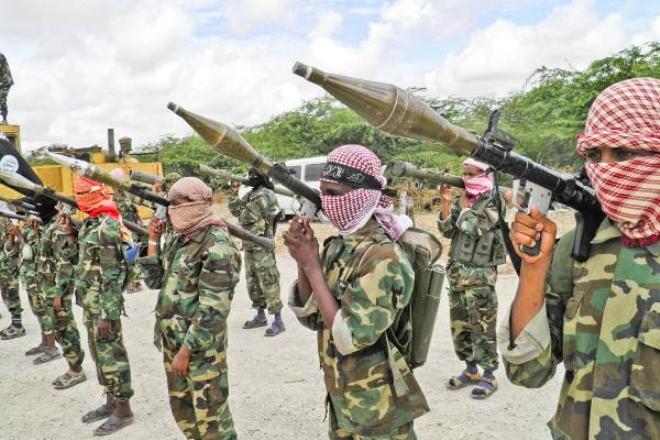Thursday September 24, 2015
Thursday September 24, 2015
Thursday September 24, 2015

Thursday September 24, 2015

It’s been two years since the Westgate attack. It was a fatal mistake for government to block an independent credible enquiry into the attack. No lessons were learnt. And due to this indolent and incompetent character of the government, on April 2, 147 students were killed at Garissa University College in similar circumstance.
What cannot be missed in both attacks is the incompetence, unprofessional and ill-prepared response of the government.
Kenya’s security design and ideology has changed little post-independence. Law enforcement agencies are trapped in regime policing of the colonial times and carried over by post-Independence governments. They are agents of rule not governance. The agencies have been compromised to secure political interests rather than the people and the country.
Apart from lacking a national security strategy, Kenya has no solid integrated crime prevention and law enforcement policy. There are weaknesses in setting national security policy priorities, implementation planning and accountability system.
This raises the fundamental question: how does Parliament approve a security and defence budget without a corresponding policy and implementation plan?
The problem is exacerbated by the lack of integration, coherence and coordination of security structures; dysfunctional joint security and intelligence assessments by civilian and operational agencies.
There’s nonexistent or limited accountability in resource allocation and use; a severe deficit in effective oversight mechanisms; and inappropriate emergency preparedness and response coordination.
Security sector reforms are not equivalent to appointing personnel and or changing of the guard at the helm.
Al Shabaab came about in 2006 after US-backed Ethiopian troops invaded Somalia to drive out Islamic Union Courts.
KDF rolled into Somalia in 2011. There has never been a comprehensive audit analysis report on its activities and achievements, if any, presented to Parliament.
This despite the 2010 constitution expressly stipulating that national security is subject to the authority of the constitution and Parliament, and that security organs are subordinate to civilian authority.
Kenya’s military was absorbed into the framework of Amisom. The core objectives of Amisom are threefold: first, decapitate and degrade al Shabaab’s ability to launch attacks from across the border.
Second, create the right environment for the establishment of a proper functioning government and governance institutions, including security agencies, in Somalia.
Third, provide space for provision of humanitarian assistance and start the process of state and livelihoods reconstruction.
In the last few weeks, al Shabaab has launched deadly attacks in Mogadishu and ambushed Amisom troops, causing significant deaths. In the latest ambush, 19 Ugandan troops were killed. Burundian soldiers had earlier been ambushed and killed.
Although the group’s key leaders have been killed by drone strikes, the attacks signify a rejuvenated al Shabaab. Amisom has announced a new offensive.
But why does Amisom appear not to have full control of the situation on the ground?
First, its command and control is still incongruent. There is no integration of the Amisom troops. Countries contributing troops to Amisom still have significant say in the management, control and decision-making of their troops.
Second, intelligence gathering and community partnerships are weak.
Third, Amisom is applying conventional strategy to tackle a militia whose war strategy has metamorphosed. Al Shabaab has adopted a very lethal guerrilla insurgency warfare strategy. It has spread out its operations across wide range of areas. This over-stretches Amisom and creates many openings for the group to create havoc.
Fourth, Amisom has concentrated on capturing and controlling urban areas. Al Shabaab is controlling large parts of rural areas, giving it space to remain organised and embed within the community.
Fifth, while Amisom has a significant number of troops on the ground (though not enough), the troops lack well organised and sufficient air power for reconnaissance, attack and quick assistance operations.
Sixth, al Shabaab runs a well-organised communication, messaging and propaganda machine. This, together with its ability to control huge rural areas, makes it very effective in recruiting and gaining support.
Seventh, Somalia has a weak government that is in perpetual transition. This makes it impossible to achieve stability and consolidate the peace and security efforts.
Finally, al Shabaab seems to enjoy a substantial resource base locally and in neighbouring countries